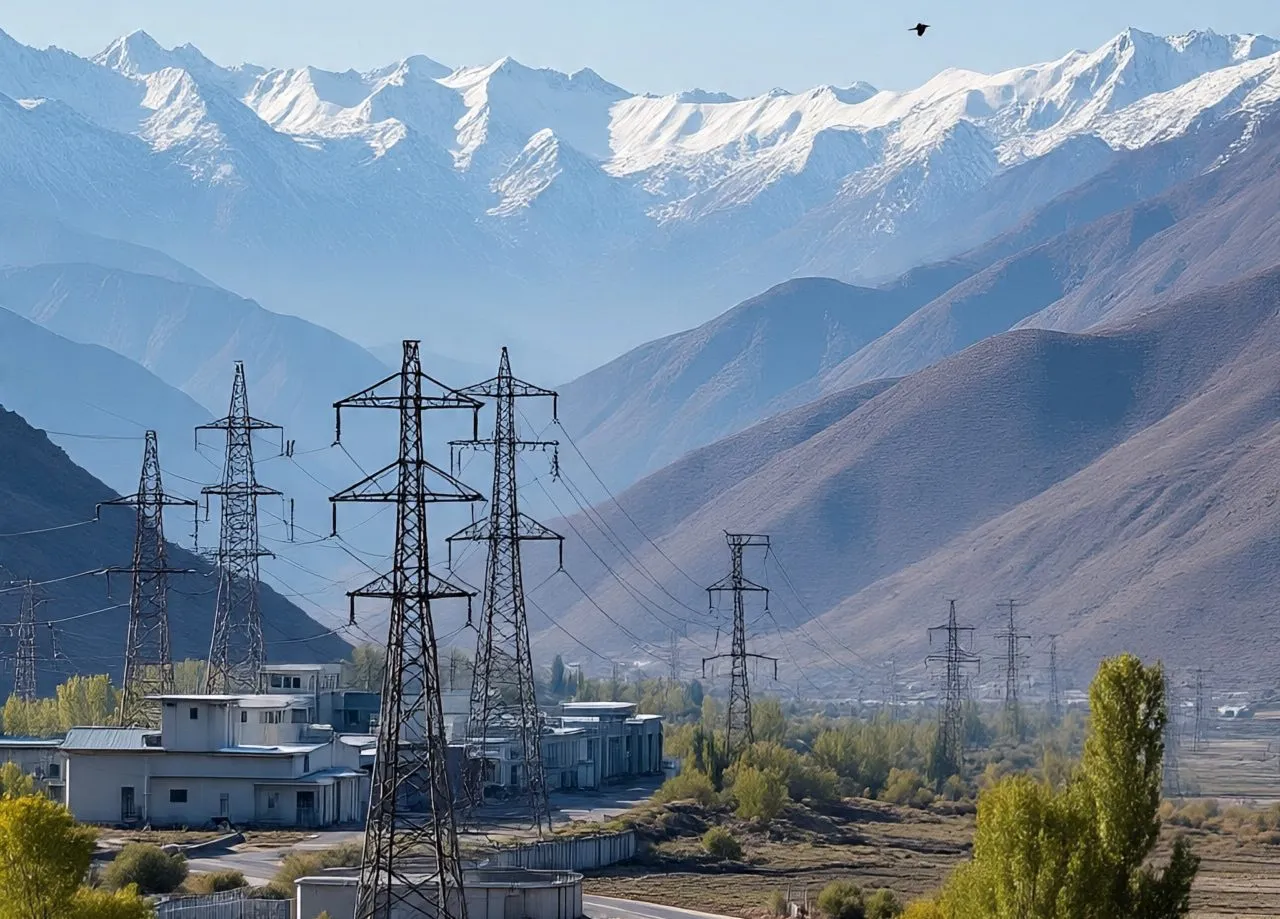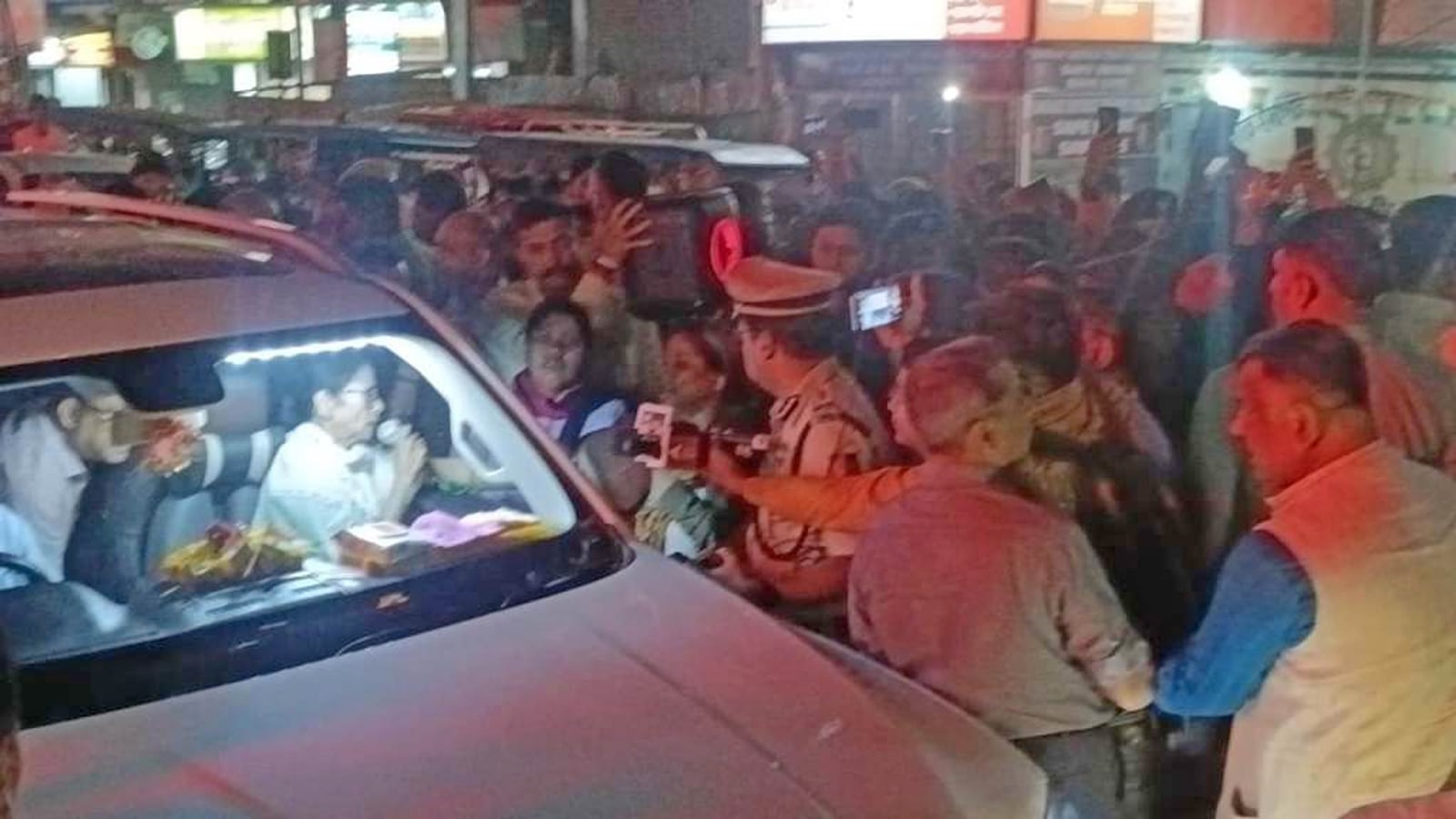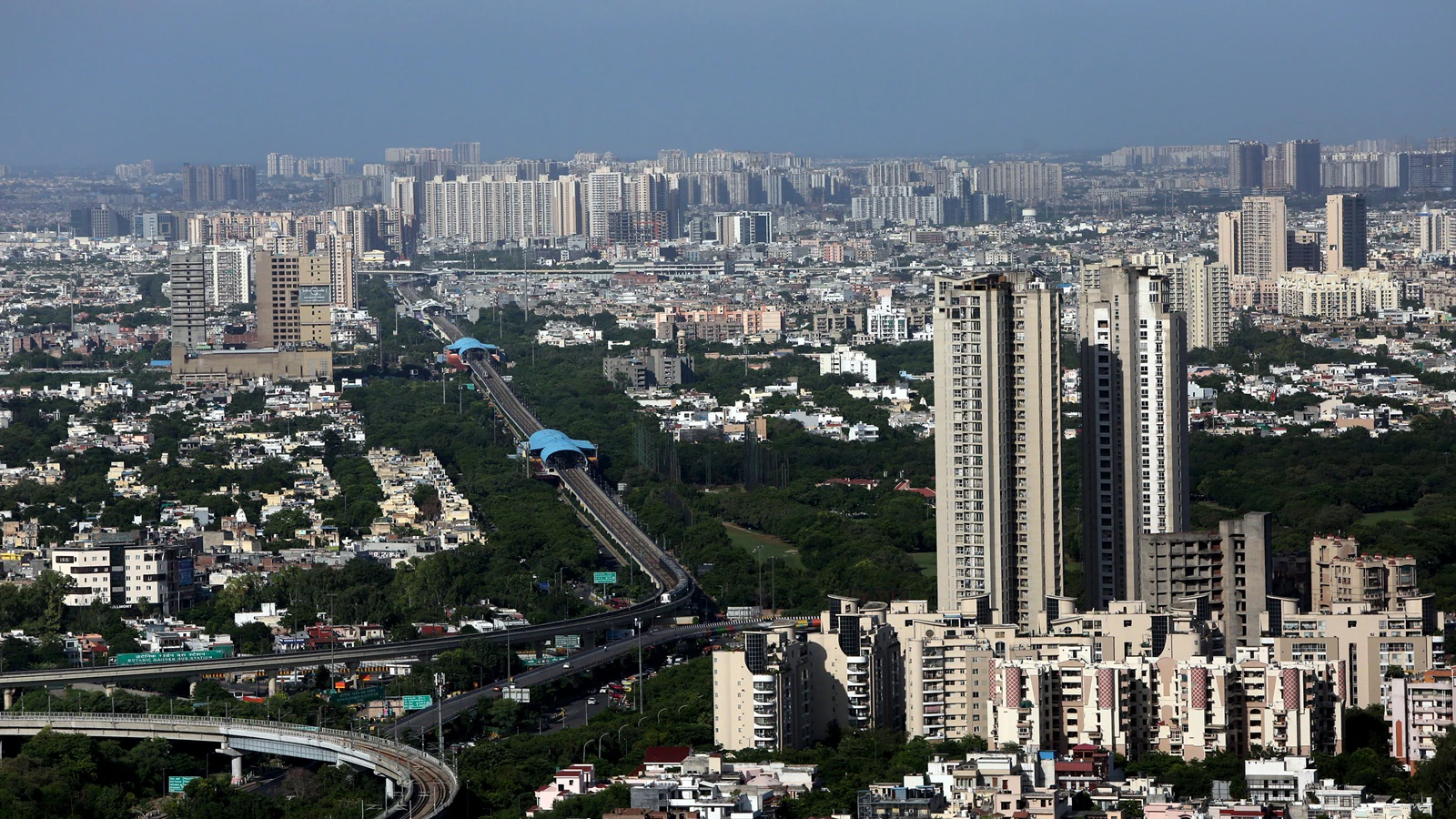Srinagar, Nov 26: With the rapid increase in the use of electrical gadgets and machinery across the Valley, the Kashmir Power Development Corporation Limited (KPDCL) has projected a substantial jump in electricity demand for the current financial year.
According to official data submitted before the Joint Electricity Regulatory Commission (JERC), projected power sales are expected to rise from 5868.70 Million Units (MU) in 2024-25 to 6726.95 MU in 2025-26.
KPDCL reported that the peak demand met during the period stood at 1980 megawatts (MW). To address the expected winter load, the Jammu and Kashmir Power Corporation Limited procured 393 MW under the SHAKTI policy and secured an additional 600 MW from the Ministry of Power.
A further allocation of 1094 MW was also sanctioned to manage the shortfall caused by reduced hydro generation.
The government said that between October 2024 and March 2025, no unscheduled or distress power cuts were imposed in the Valley.
Instead, feeder-wise curtailment schedules were implemented, with zero-hour cuts for feeders recording below 15 percent losses, two hours for those between 15-40 percent, and four hours for feeders with losses above 40 percent.
The administration said no extra distress cuts will be applied during winter in Kashmir or during summer in Jammu, and any unavoidable cuts due to shortages would follow a seasonal pattern.
A senior KPDCL official said that unscheduled outages stem mainly from system constraints and unmetered consumption.
To counter this, the Power Development Department is strengthening infrastructure under UT CAPEX and centrally sponsored schemes and expanding the rollout of smart meters to improve billing accuracy and reduce outages.
According to official data, unrestricted peak demand stood at 2300 MW in 2022-23, rose to 2400 MW in 2023-24, and settled again at 2300 MW in 2024-25.
Peak demand met improved from 1893 MW to 1970 MW in the same period, reflecting better supply management.
Month-wise energy consumption showed fluctuations, with April 2025 seeing a 2.19 percent rise, May recording a 5.52 percent dip, while August registering a 3.48 percent increase.
The Jammu and Kashmir Power Transmission Corporation Limited supplied a peak load of 1970 MW in Kashmir last winter and maintains a capacity to deliver up to 2200 MW without system constraints.
However, despite infrastructure improvements, concerns are mounting over the region’s staggering Aggregate Technical and Commercial (AT&C) losses, which stand at 47 percent – among the highest in the country.
This has raised questions about KPDCL’s operational efficiency, particularly as the corporation has petitioned JERC seeking approval for a 20 percent surcharge on electricity consumed during peak hours, a move that has triggered widespread public outrage.
According to the tariff petition for 2025-26, the surcharge would apply between 6 am and 9 am and 5 pm and 10 pm – hours when Kashmiri households rely most on heating, lighting, and cooking during winter.
KPDCL argues that the surcharge aims to “rationalise power demand” and reduce stress on the distribution network. However, officials say the timing of the proposal highlights deeper structural problems within KPDCL.
With AT&C losses at alarming levels due to power theft, technical leakages, and poor billing efficiency, they argue that the corporation is shifting its failures onto consumers.
Despite repeatedly saying that no tariff hike was being sought, the proposed surcharge is widely viewed as a concealed increase. The issue has also turned political.
Chief Minister Omar Abdullah-led government is facing scrutiny for its pre-poll promise of providing 200 units of free electricity to households.
Critics say the proposed surcharge contradicts these commitments.
“On one hand, the government promised free units, on the other, it is now seeking to impose an additional burden on people during the harshest winter hours,” an official said.
The post Electricity load jumps as consumption surges to 6727 MU appeared first on Greater Kashmir.



